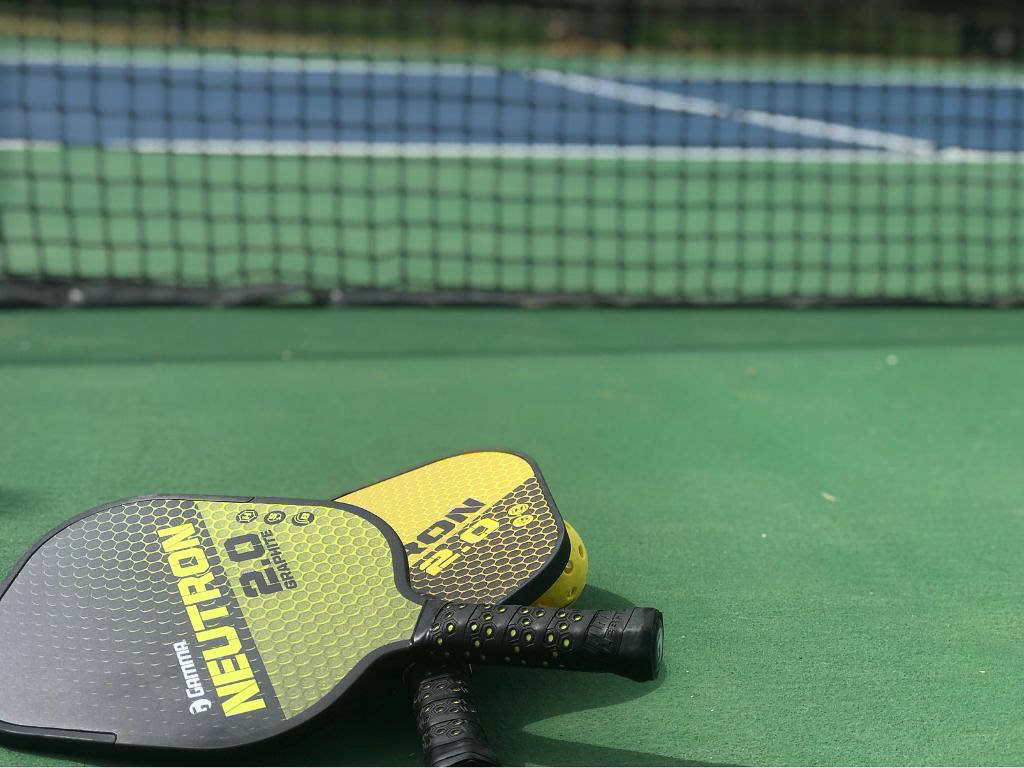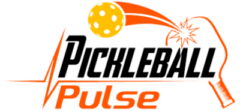
I’ve seen several buyers’ guides claiming that picking the right pickleball paddle is seriously overwhelming, and it needs careful research.
Well, I dare to differ, pickleball is a chill sport and a recreational activity. That’s how it was conceived in 1965.
How to choose a pickleball paddle should be a simple question with a fun answer, and it’d still contain all the necessary info, now let’s go and do some shopping!
What You Need to Consider
The paddle you play with affects your game, it’s nice to have one that best fits your style. Luckily, the recent boom in pickleball created a huge market with all types of gear.
They usually have fancy space-age names, a trend that started in 1984 with the first composite paddle which was made by a Boeing industrial engineer, Arlen Paranto.
The fiberglass/Nomex honeycomb composite he used was also a part of the airplane’s structural system.
The differences between paddles aren’t huge for beginners, but they tend to become significant as you move towards a more advanced level.
Professional players have an extra set of rules they have to adhere to, so if you’re going to compete the paddles you pick should be approved by the USAPA.
The main deciding factors for a paddle are:
- Weight
- Grip
- Shape
There are a few more things I’ll also explore, but these are the essentials.
Weight
Paddle weight either gives you more control or more power.
A light-weight paddle allows you to maneuver the ball, do a lot of wrist action, and swing the racquet with ease.
A heavy-weight paddle is great with slamming the ball hard and far. It’s also a good choice for pickleball players with a tennis background, it feels more familiar to them.
A mid-range paddle is well-suited for beginners who haven’t yet decided on a playing style. It offers them an opportunity to check the merits and shortcomings of both types.
Medium-weight paddles might be easier for people with arthritis or tennis elbow. They’re lighter to carry and swing than the heavy variety, and easier to pack a power shot than the light ones.
The weights of a pickleball paddle are as follows:
- 3 Oz and under for the light paddles
- 3 to 8.4 Oz for the mid-weights
- 5 Oz and over for the heavy paddles
Grip
This is a goldilocks moment. Using a pickleball paddle with a grip that’s not snuggly fitting in your hand is annoying and unhealthy, it’s a lot like sports shoes.
Holding a grip that’s too small for your hands lets you clutch the racket harder, and move it with ease. It’s not very stable though and doesn’t give that much punch.
A larger grip is a bit more problematic, if it’s slightly larger, then it just gives more stability, but a substantial difference would make it hard to hold and places a lot of strain on the joints.
A smaller grip can be augmented by rolling tape around it or buying a separate grip. A bigger grip can’t be shrunk, so when in doubt you might want to pick the smaller.
There’s an extra grip that’s optionally sold with some paddles to increase their size, which you can also use if your current paddle grip is worn out.
The crucial thing here is to know your grip size, at least roughly. The easiest way is to hold the racket and see if you can slide your index finger between the heel of your grip and other fingers. It should be a snug fit.
Shape
Different paddle shapes let you vary your playing style, you might want to experiment with that a little.
Widebody
This is the most common type, it’s the one favored by beginners and many pros. Going above and beyond this reference is a personal style choice.
Elongated
It’s tall and narrow, thus it gives more reach as if the player has extra-long hands. This isn’t for everyone and mostly has to do with the kind of game you usually engage in.
Oversized
This type is easier to play with than the standard widebody paddle. It can catch and return a wider range of shots.
Edgeless
This is for the picky player who doesn’t like it very much when the ball bounces off the edge of the paddle. It’s a uniform surface with no irregularities, not even a rim.
Material
There are three basic types, each one has something to offer and an Achilles heel.
Wood Paddles
This is the budget-friendly choice and the original material of the very first pickleball make-do paddle.
These paddles are also the heaviest. Use them if you’re a beginner, stock a few at home for extra visitors and friends, or buy them in quantities for summer camp. Otherwise, pick another type.
Graphite paddles
These are lightweight, strong, and very expensive. Graphite paddles are the top of the line and the pros favor them for their fast action.
They’re made from a core construct covered by a very thin layer of graphite, and that’s where the bounce and spin of the balls happen.
Composite Paddles
These are the mid-range pickleball paddles. They usually have a fiberglass hitting surface and a core construct.
The surface of this paddle is well suited for ball spinning too, so it’s a good choice for the more skilled players.
Core Constructs
The core of the paddle shapes its properties. There are three kinds:
Nomex Honeycomb Core
This is the material used in the first professional pickleball paddle. It was adapted from the airplane industry.
Nomex still leads the pack in the market. They’re also the hardest and loudest, so all that popping noise you hear in a pickleball court, probably comes from a Nomex.
Aluminum
These give the paddles a lightweight and quiet quality. They offer maneuverability and ball control, but that’s achieved at the expense of power.
Polymer
This is the quietest paddle in the block. It’s the newest tech too, and as expected they improved on the aluminum, so these paddles give much more punch as well.
Low noise paddles are recommended at closed communities, private gym places where multiusage can get too bustling, and at home where the popping isn’t appreciated.
To Sum Up
The right pickleball paddle is the one that feels good when you play with it. Try a few at the store, you’ll instantly see how the grip and weight work for you.
Sometimes when I’m using any piece of gear I wish it was ‘different’ in a certain way and my next purchase usually reflects that wish.
If your current paddle is too short, too narrow, too light, or too anything else, that’s the factor you should focus on for the new one.
Weight, grip, and shape are essentials, but try to pick a visually pleasing paddle, and don’t break the bank.
There are some amazing pickleball paddles currently in the market. Get one that makes you happy.
